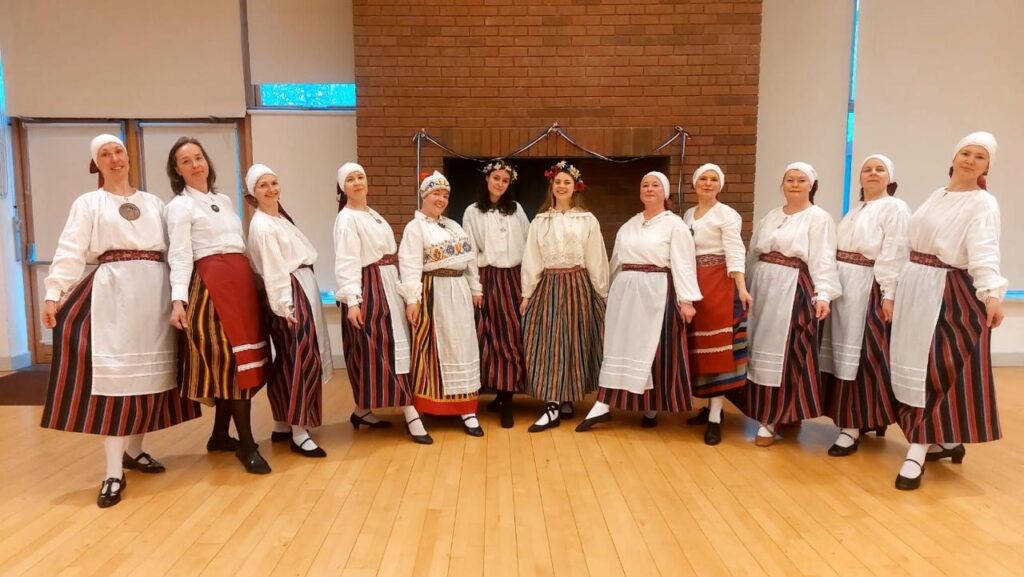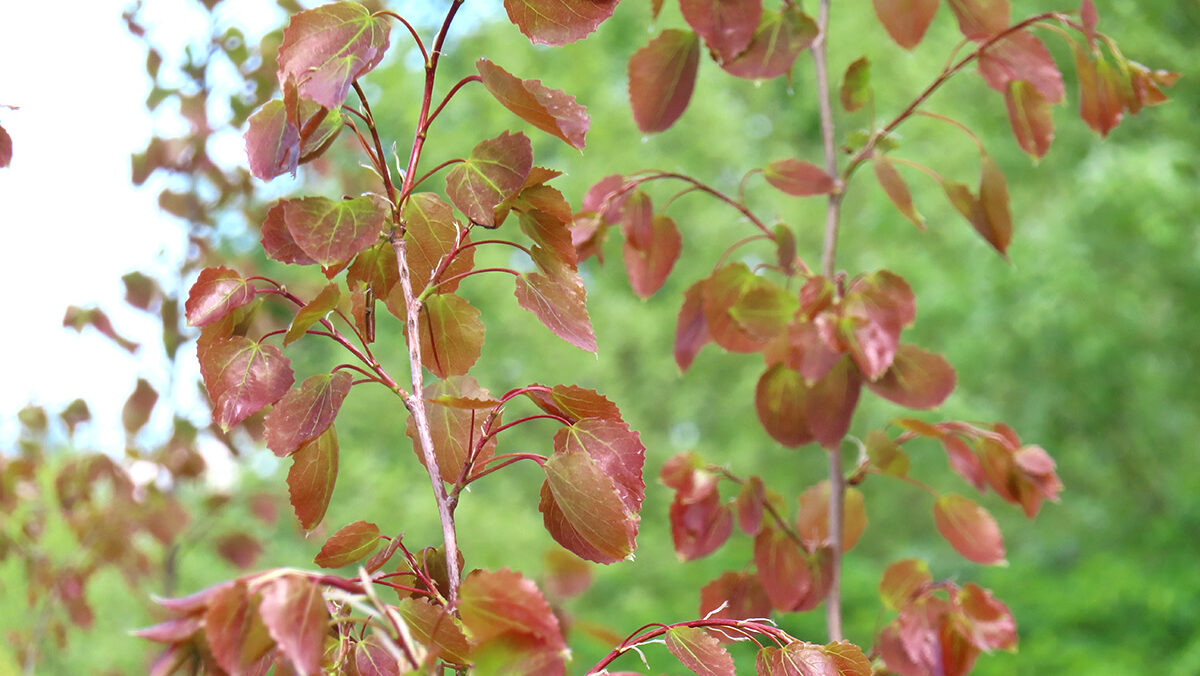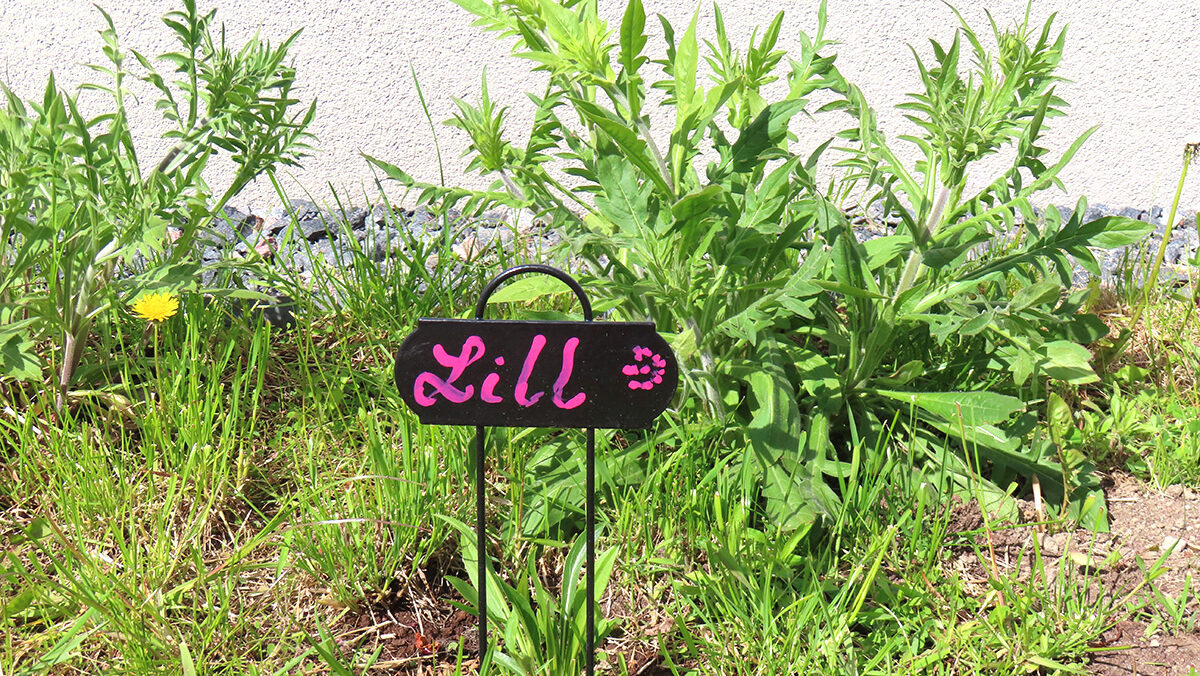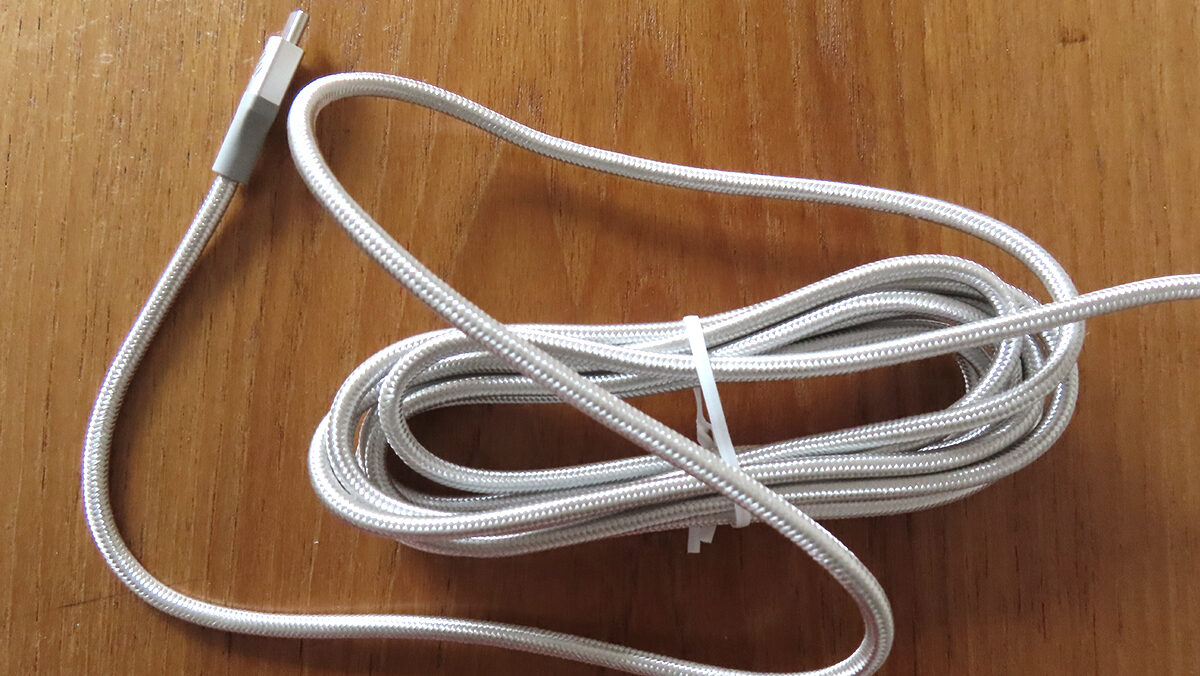Interview by Natalie Jenkins
When I travel, I'm always curious to learn whether there’s a local Estonian community. So, when I found myself in Dublin this March, I was eager to learn more about the Estonian presence there. That's when I was introduced to Joelle, an American with no Estonian roots but a deep passion for the culture. She is completing her master's degree in folklore and ethnology at University College Dublin (UCD), specifically focusing on Estonians living in Ireland. Read our conversation below to learn how she discovered her love for Estonian culture, what her program entails, and what she's learned about the Estonian community in Dublin so far.
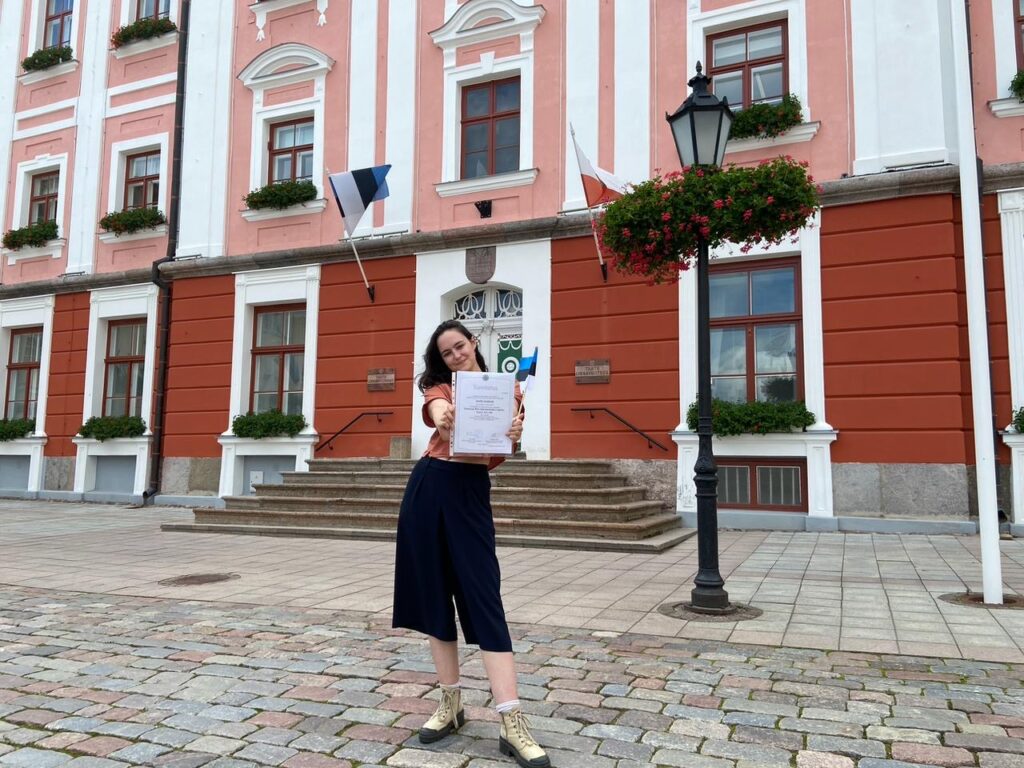
What sparked your interest in Estonian culture and folklore?
I started studying Estonian in my senior year of college, which got me really interested in Estonian history and culture. Right now, I'm writing my thesis at UCD on the experiences of Estonians living in Dublin, including everything from folk dancing to handicrafts. I ended up in Ireland because I received a grant from the US government to fund a master's in folklore here, and I'm really grateful for that. I try to be humble and not be appropriative in any way, given that I have no Estonian roots.
The wave of immigration after 1991 (and especially after Estonia’s accession to the EU) to places in Europe is a little less like that; I think this is, in part, because the migration is more porous. People are moving back and forth all the time.
(Joelle)
Did you have any prior connection to Estonia before starting your studies?
One of my parents had gone on a work trip there, so I heard about it when I was young. They brought back souvenirs and stories that made me interested to someday visit Estonia myself. Then, when I was in college, I realized a little late in the game that I should study a spoken language since, up until that point, I was learning Latin. So, I decided to take Estonian in my senior year, and it sparked my passion. The classes were small, so I got a ton of hands-on learning and could immerse myself. Indiana University has an excellent Estonian language and culture program. Then I did the Estonian Summer Course at Tartu Ülikool—now I'm somewhere in the A2 range of proficiency.
What has it been like connecting with the community in Dublin?
It's been so lovely! I joined the folk dancing group “Iiris” pretty soon after moving here. It helped Ireland feel more like home. I'd like to express my gratitude to the Estonian community for being so welcoming! My understanding of the Estonian community in Ireland is that it's a bit diffuse, as formal organization has ebbed and flowed over the years. The embassy organizes a lot of great events, and there are some established cultural and social groups throughout the country. From what I've read, following the post-World War II wave of immigration to places like Canada, the US, and Australia, there was a lot more formal institutional community building in the sense of maintaining culture because people didn't know if they could ever go back. The wave of immigration after 1991 (and especially after Estonia’s accession to the EU) to places in Europe is a little less like that; I think this is, in part, because the migration is more porous. People are moving back and forth all the time. We've got a direct link to Estonia a couple of times a week through Ryanair, so some people go back five times a year!

What does your research focus on within Estonian folklore?
I'm in the middle stages right now, but I'm working with Estonians living in Ireland to learn about how they organize Estonian life here. I feel very lucky to have been invited to a number of events and programs. The Iiris folk dance group is going to Tantsupidu this year! I also focus a lot on dress studies, so I participated in a belt-weaving workshop. I've loved learning about the national costume and how much meaning is quite literally woven into the belts and skirts someone wears. For example, to my understanding, folk clothing varies across parishes, and the style someone wears expresses the place they're from or where they feel most connected to, among other things. While there's so much detail, not all of it is something that someone else could easily read or understand from afar, except for the person wearing the clothes—and I think that's beautiful.
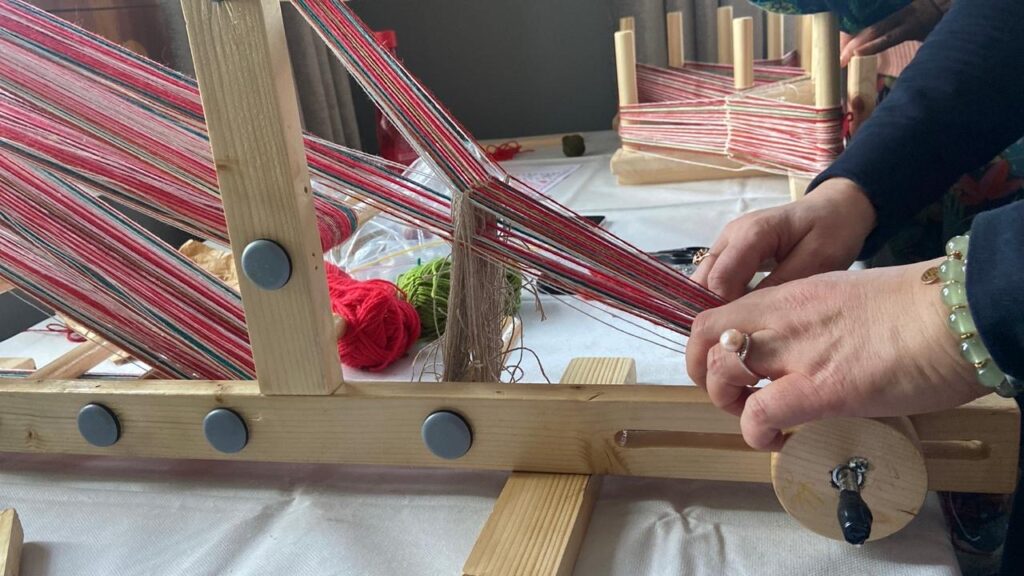
If Estonia can spark passion in someone with no Estonian roots, imagine what it can reignite in you. Stay connected to your community today by reading more Eesti Elu.
Responses have been edited for clarity and length.
This article was written by Natalie Jenkins as part of the Local Journalism Initiative
